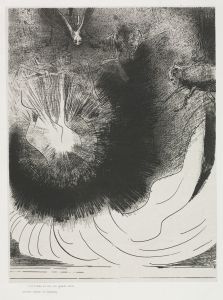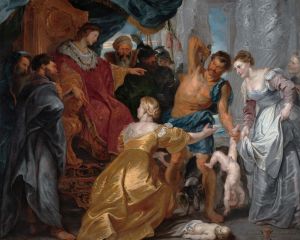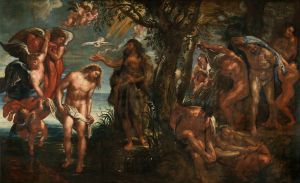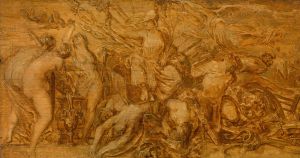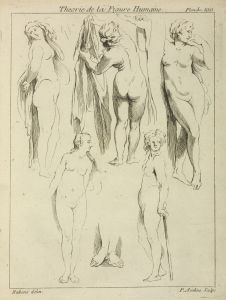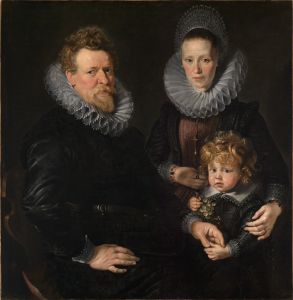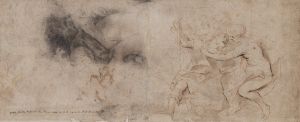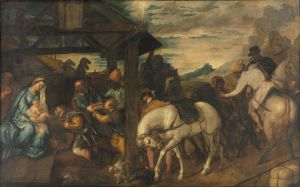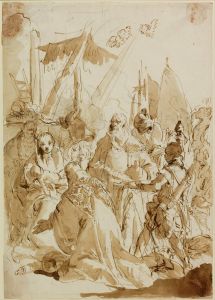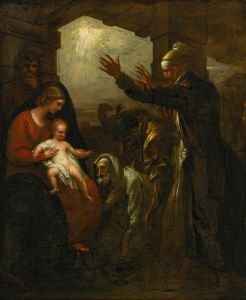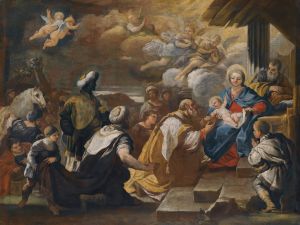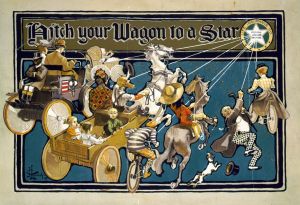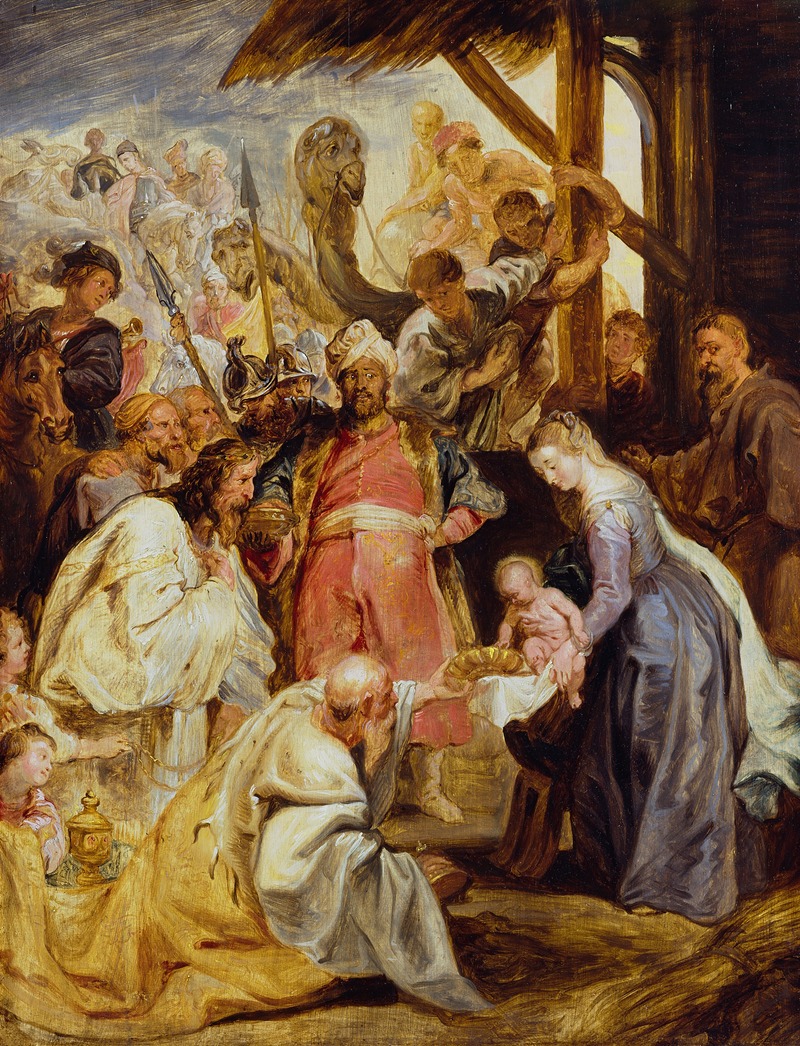
The Adoration of the Magi
A hand-painted replica of Peter Paul Rubens’s masterpiece The Adoration of the Magi, meticulously crafted by professional artists to capture the true essence of the original. Each piece is created with museum-quality canvas and rare mineral pigments, carefully painted by experienced artists with delicate brushstrokes and rich, layered colors to perfectly recreate the texture of the original artwork. Unlike machine-printed reproductions, this hand-painted version brings the painting to life, infused with the artist’s emotions and skill in every stroke. Whether for personal collection or home decoration, it instantly elevates the artistic atmosphere of any space.
The Adoration of the Magi by Peter Paul Rubens
The Adoration of the Magi is a renowned painting by the Flemish Baroque artist Peter Paul Rubens. This work depicts the biblical scene of the three Magi presenting gifts to the infant Jesus, a popular subject in Christian art. Rubens, celebrated for his dynamic compositions and masterful use of color, created multiple versions of this theme throughout his career, reflecting its importance in both religious and artistic contexts.
One of the most notable versions of The Adoration of the Magi was completed by Rubens in 1609 and later reworked by the artist in 1628–1629. This painting is housed in the Museo del Prado in Madrid, Spain. The composition is characterized by its dramatic use of light and shadow, a hallmark of the Baroque style, which enhances the emotional intensity of the scene. Rubens employs a rich palette and intricate detailing to convey the opulence of the Magi's gifts and the solemnity of the moment.
The painting features a crowded and dynamic arrangement of figures, with the Magi and their retinues surrounding the Virgin Mary and the Christ Child. The figures are depicted with a sense of movement and vitality, typical of Rubens' work. The artist's skill in rendering textures, such as the luxurious fabrics of the Magi's garments and the rough surfaces of the stable, adds to the realism and depth of the scene.
Rubens' The Adoration of the Magi reflects his deep understanding of human anatomy and his ability to convey emotion through gesture and expression. The painting also demonstrates his knowledge of classical art and his ability to integrate these influences into his own distinctive style. The inclusion of exotic elements, such as the richly adorned costumes and the depiction of one of the Magi as an African king, reflects the global awareness of the period and adds to the visual richness of the composition.
This work was commissioned by the Antwerp City Council in 1609 as a gift for King Philip III of Spain. Rubens later reworked the painting during his stay in Spain, enhancing its dramatic impact and refining its details. The painting's journey to the Museo del Prado underscores its historical significance and the enduring appreciation for Rubens' artistry.
Rubens' The Adoration of the Magi remains a masterpiece of Baroque art, celebrated for its grandeur, complexity, and emotional resonance. It continues to be studied and admired as a testament to the artist's genius and his contribution to the development of Western art.






